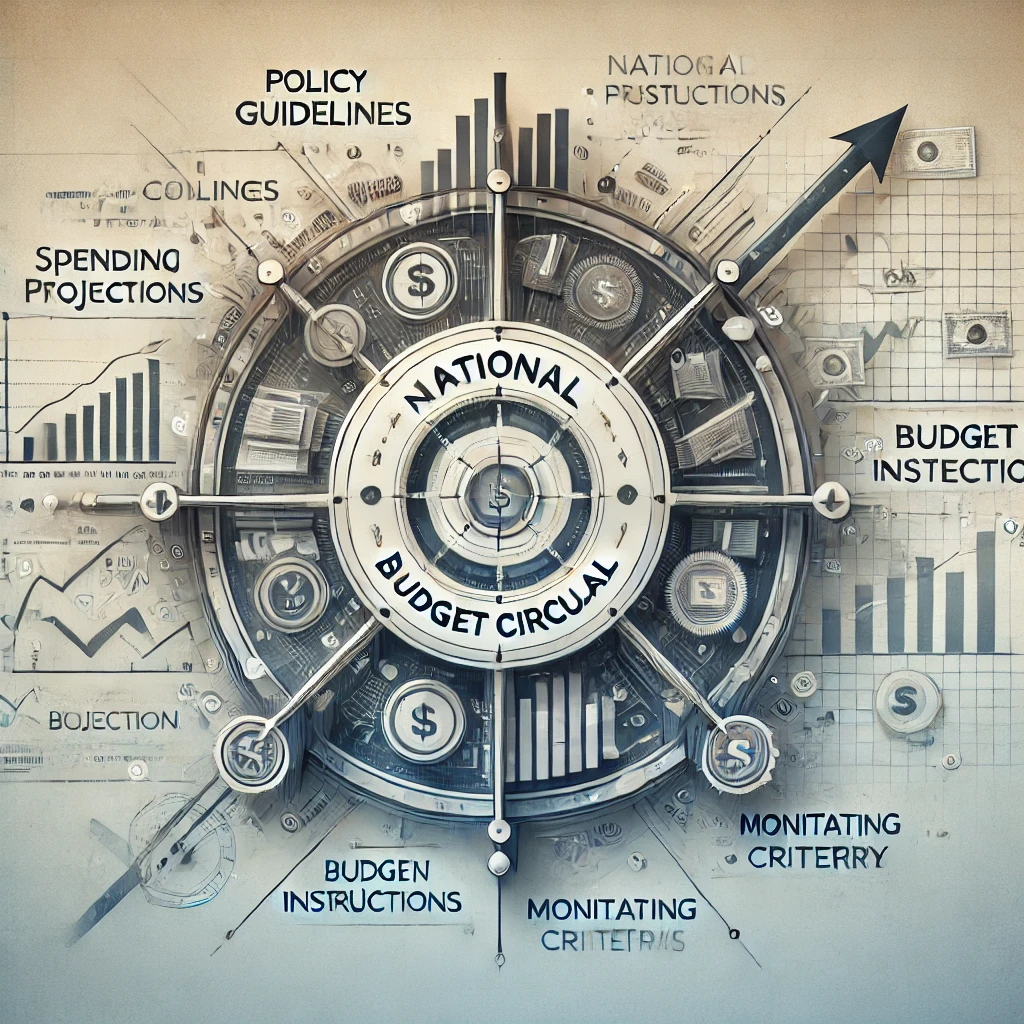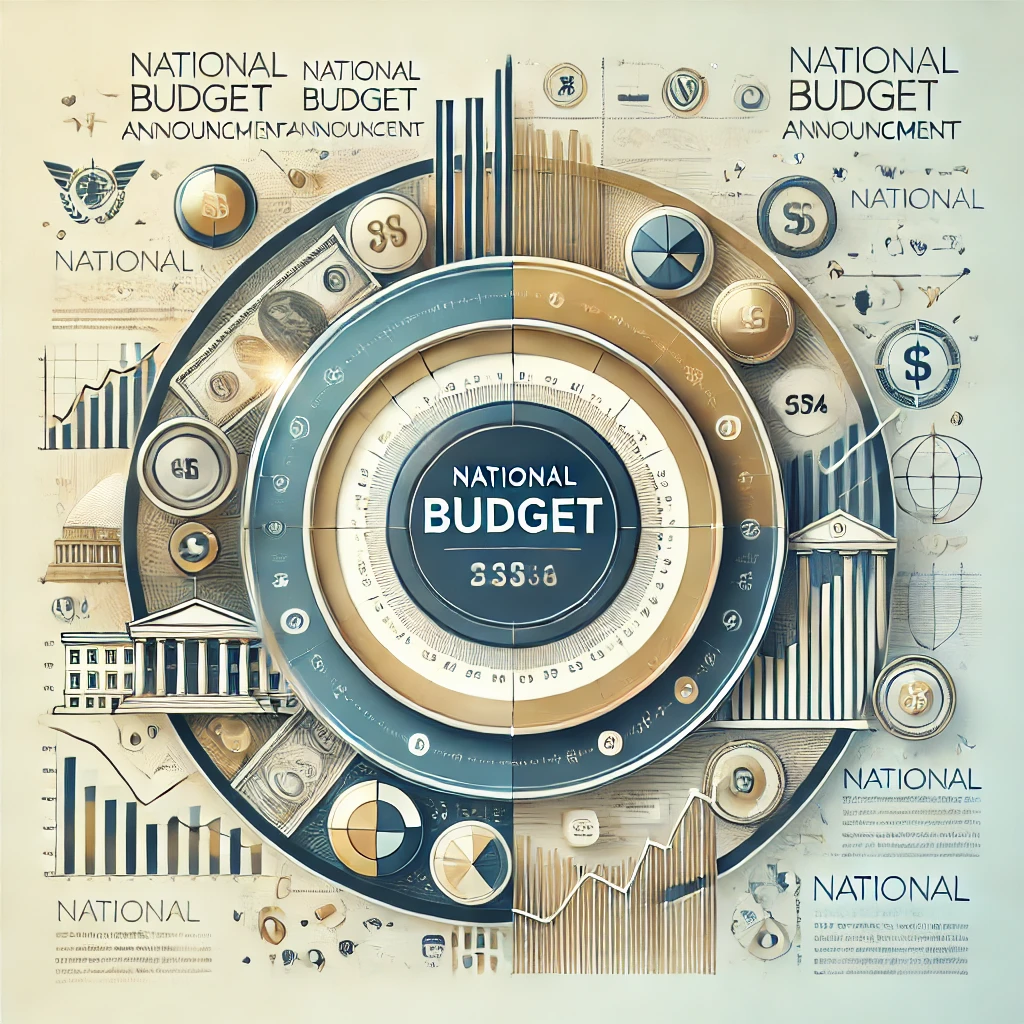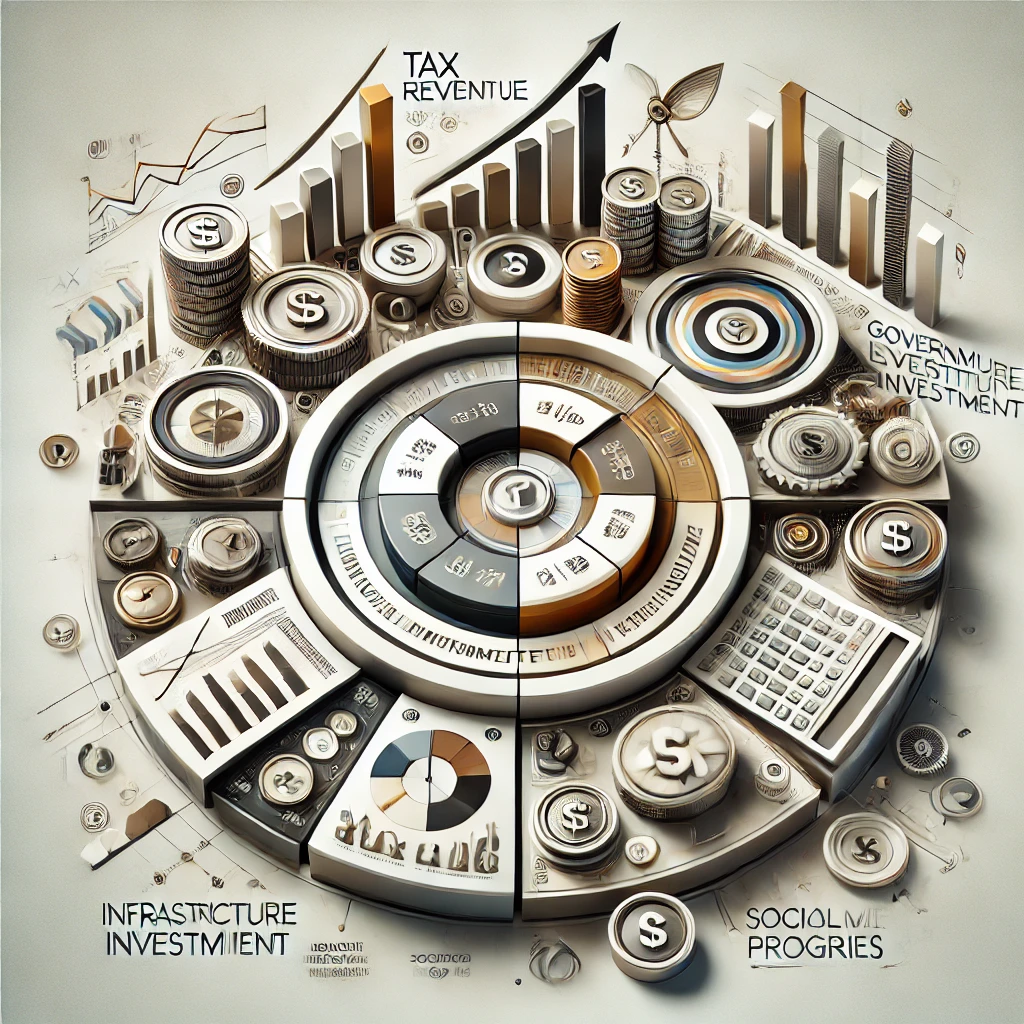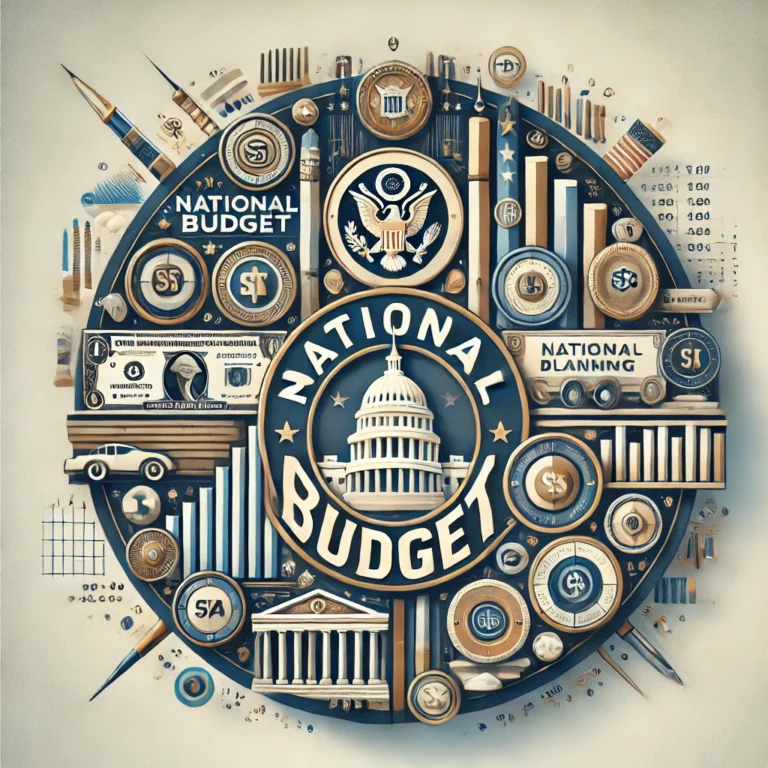Table of Contents
The term “National Budget Circular” might sound technical, but its significance in shaping a nation’s economy and governance is profound. It serves as the foundation for planning and implementing a country’s financial framework. This article delves into what a national budget circular entails, its role in fiscal management, and its broader implications for economic growth. By understanding this intricate process, we can appreciate its pivotal role in promoting financial discipline and accountability.

What is a National Budget Circular?
A National Budget Circular is an official directive issued by a government’s central finance authority, such as the Ministry of Finance or a similar institution. It outlines the guidelines and framework for the preparation, submission, and execution of the national budget. Essentially, it acts as a financial blueprint for government ministries, agencies, and departments, ensuring their fiscal strategies align with national goals.
For example, if a government aims to boost healthcare, the budget circular may prioritize spending on hospitals, vaccinations, or research facilities. Such a systematic approach helps maintain a balanced distribution of resources across sectors like education, infrastructure, and defense.
Key Objectives of a National Budget Circular
The primary objectives of a national budget circular include:
- Fiscal Discipline
The circular prevents overspending by setting spending limits, ensuring expenditures align with projected revenues. - Resource Allocation
It ensures equitable distribution of funds among key sectors to address the nation’s development priorities. - Policy Consistency
The circular connects financial planning with long-term government policies, promoting strategic and sustainable growth. - Transparency and Accountability
Through clear guidelines and performance metrics, the circular fosters efficient utilization of public funds and reduces corruption risks. - Economic Stability
By maintaining strict fiscal policies, the circular aids in avoiding economic shocks like inflation or fiscal deficits.
Structure of a National Budget Circular
A well-crafted budget circular typically includes the following components:
- Policy Guidelines
Broad directives based on national priorities and economic objectives. - Macroeconomic Assumptions
Projections for key indicators like GDP growth, inflation, and revenue collection. - Budget Preparation Instructions
Detailed steps on how agencies should draft their budget proposals, including formats, deadlines, and submission protocols. - Spending Ceilings
Predefined expenditure limits to control fiscal overspending. - Monitoring and Evaluation Criteria
Guidelines for tracking the effectiveness of budget implementation.
How National Budget Circulars Are Created

The process of drafting and issuing a national budget circular involves multiple stages and stakeholders:
- Economic Assessment
The Ministry of Finance evaluates the nation’s financial health, revenue streams, and macroeconomic indicators. - Stakeholder Collaboration
Consultations with ministries, public representatives, and financial institutions ensure the circular addresses diverse needs. - Drafting the Circular
Based on inputs and research, the finance ministry drafts the guidelines, emphasizing priorities like poverty reduction, infrastructure development, or climate action. - Approval and Dissemination
The draft undergoes review and approval by senior officials or cabinet members before being released. - Implementation and Feedback
Departments and agencies use the circular to prepare budgets, which are monitored for compliance and performance.
Global Examples of National Budget Circulars
National budget circulars play a critical role in financial governance worldwide. Here are some notable examples:
- United States
The U.S. Office of Management and Budget issues circulars to federal agencies, ensuring that their budget proposals align with the president’s policy objectives. - India
India’s Ministry of Finance releases budget circulars that emphasize fiscal targets, resource allocation, and transparency. - Philippines
The Philippine government uses national budget circulars to streamline spending and focus on priority sectors like education and poverty alleviation. - European Union
EU member countries align their national budget plans with the Stability and Growth Pact through detailed guidelines and benchmarks.
Challenges in Implementing a National Budget Circular

Despite its benefits, implementing a national budget circular comes with its own set of challenges:
- Revenue Overestimation
Overly optimistic projections can lead to budget deficits if revenue falls short of expectations. - Lack of Coordination
Poor communication among agencies may result in delays or inconsistencies. - Economic Uncertainty
Unexpected events, such as pandemics or natural disasters, can disrupt fiscal plans. - Political Influence
Shifting political priorities may undermine the guidelines outlined in the circular. - Capacity Constraints
Limited technical expertise or resources in government agencies can hinder effective implementation.
Impact of a National Budget Circular on the Economy
A robust National Budget Circular has a ripple effect on various aspects of the economy:
- Encouraging Investments
By providing a stable fiscal framework, it builds investor confidence and attracts foreign direct investment. - Boosting Infrastructure
Allocating funds for roads, ports, and energy projects accelerates industrial and economic growth. - Reducing Inequality
Prioritized spending on social welfare programs uplifts marginalized communities. - Controlling Inflation
By curbing excessive spending, the circular helps maintain price stability.
Future Trends in Budget Circulars
With advancing technology and evolving economic needs, the future of budget circulars is set to incorporate:
- Artificial Intelligence and Data Analytics
AI can predict revenue trends and optimize resource allocation with greater accuracy. - Focus on Sustainability
Green budgeting practices will emphasize environmental protection and renewable energy projects. - Participatory Budgeting
Governments may increasingly involve citizens in budget preparation to enhance transparency. - Outcome-Based Budgeting
Linking funds to measurable outcomes will ensure better accountability and efficiency.
Conclusion

The National Budget Circular serves as a critical tool for fiscal governance, ensuring that public resources are used effectively and transparently. By laying the groundwork for balanced budgets, economic stability, and social progress, it plays a pivotal role in national development.
As economies grow more complex, the importance of efficient budget circulars cannot be overstated. Governments worldwide must continue refining these processes, integrating modern technologies and participatory approaches to meet the challenges of the 21st century. For citizens, understanding this vital document is key to appreciating how their tax contributions shape the future of their nation.You can read more article here

